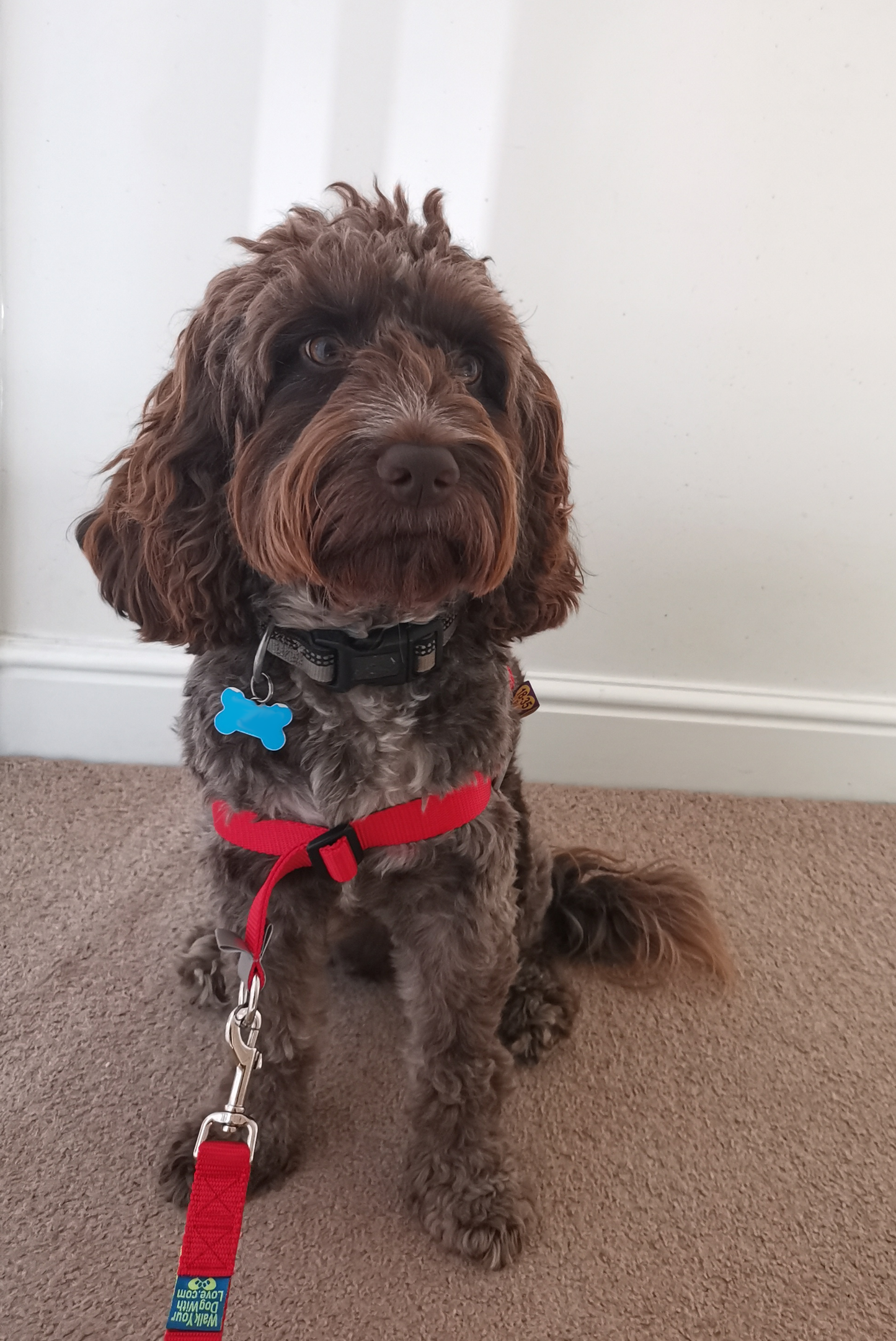Introduction:
Winter brings a unique set of challenges for dog owners, particularly when it comes to grooming. The colder temperatures, dry air, and potential exposure to snow and ice can have an impact on your furry friend's skin and coat. In this article, we'll explore essential winter grooming tips to keep your dog clean, healthy, and comfortable during the colder months.
-
Regular Brushing: Despite the chill in the air, regular brushing remains crucial during the winter. Brushing helps remove loose fur, preventing matting and reducing the risk of skin infections. Opt for a brush that suits your dog's coat type, whether it's a slicker brush for longer-haired breeds or a bristle brush for shorter coats. Regular brushing also stimulates the production of natural oils, promoting a healthy and shiny coat.
-
Moisturize Dry Skin: The winter air can be harsh on your dog's skin, leading to dryness and itchiness. Consider using a dog-friendly moisturizing shampoo or conditioner to replenish lost moisture. Focus on areas prone to dryness, such as elbows, paws, and the underbelly. Consult your veterinarian for recommendations on specific grooming products suitable for your dog's skin type.
-
Paw Care: Winter walks often mean exposure to salt, ice melt, and cold surfaces, all of which can be harsh on your dog's paws. After outdoor excursions, wipe your dog's paws with a damp cloth to remove any salt or chemicals. Consider using a paw balm or wax to protect their paw pads from cracking. Additionally, trimming the hair between the paw pads can prevent ice buildup and make paw care more manageable.
-
Warm Water Baths: While frequent bathing is generally not recommended, it's essential to keep your dog clean during winter. Use lukewarm water to avoid stripping their coat of natural oils. Choose a mild, moisturizing dog shampoo to prevent dryness. Towel-dry your dog thoroughly, and ensure they are warm before heading back outside.
-
Dental Hygiene: Don't neglect your dog's dental care during the winter months. The cold weather may discourage outdoor activities, potentially leading to a more sedentary lifestyle. Use this time to establish a regular dental hygiene routine, including brushing your dog's teeth. Dental health is crucial, as it not only prevents bad breath but also contributes to overall well-being.
-
Protective Outerwear: Depending on your dog's breed and tolerance to cold, consider investing in protective outerwear. Dog sweaters, coats, and booties can provide an extra layer of warmth, especially for short-haired or smaller breeds. Ensure that the clothing fits comfortably and covers areas susceptible to cold, such as the chest and belly.
-
Routine Vet Checkups: Schedule regular veterinary checkups to monitor your dog's overall health, including their skin and coat condition. Your veterinarian can provide personalized advice on grooming routines, recommend suitable products, and address any specific concerns related to your dog's well-being.
Conclusion:
Winter grooming is not just about aesthetics; it's about maintaining your dog's health and comfort in the face of challenging weather conditions. By incorporating these winter grooming tips into your routine, you'll be better equipped to keep your canine companion clean, healthy, and happy throughout the colder months. Remember that each dog is unique, so tailor your grooming approach to suit their specific needs and preferences.










